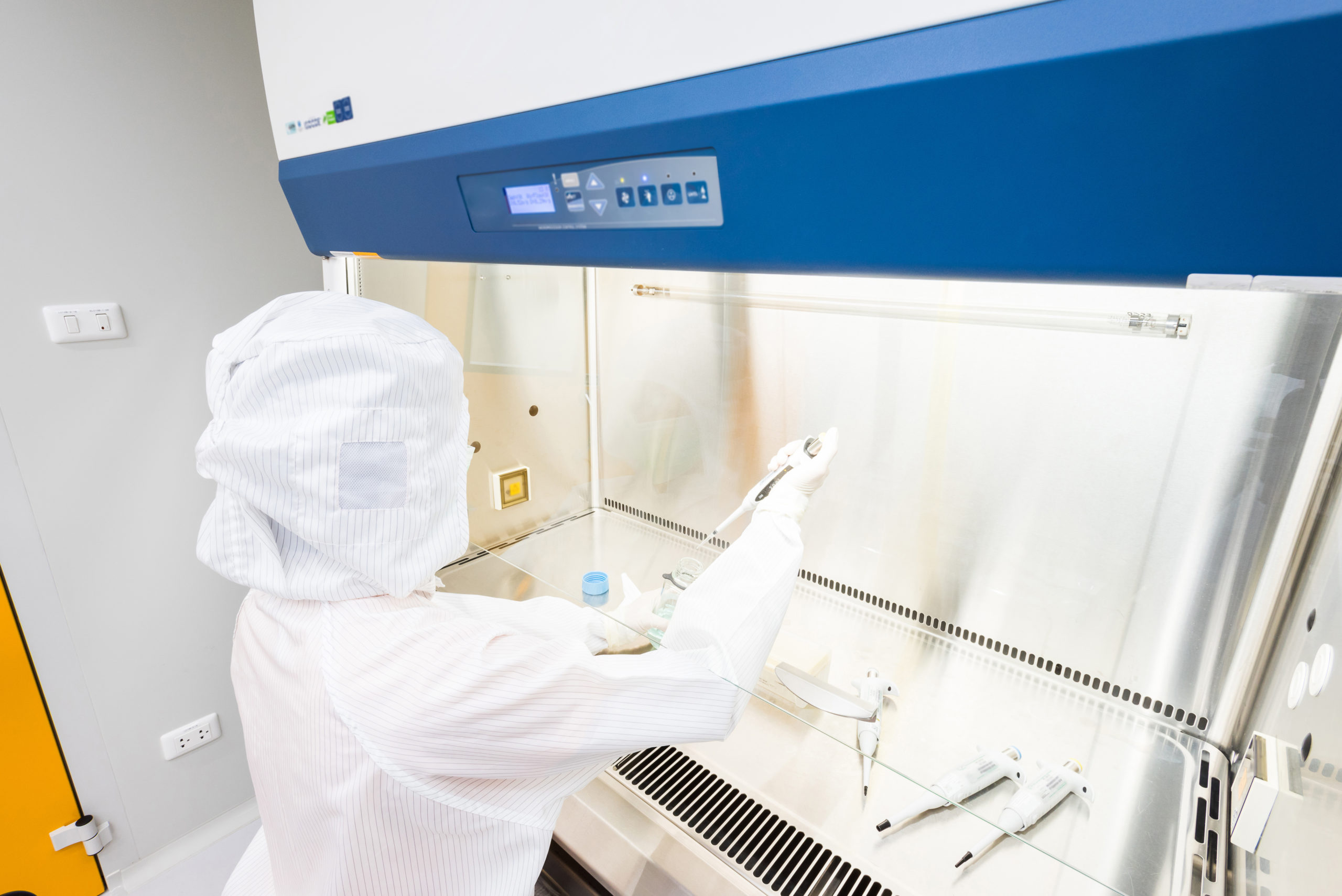About the Course
This course will provide the learner with the knowledge to properly operate within secondary and primary engineering controls while compounding sterile preparations.
Target Audience
This course is designed for those working in a compounding controlled environment that need to understand how to properly compound sterile preparations using aseptic technique.
Statement of Need
Pharmacists and Technicians need to have an understanding of how to properly use aseptic technique in order to prevent contamination of compounded sterile preparations.
Pharmacist Learning Objectives:
- Discuss the purpose of using “just-in-time” or “on-demand” use of materials
- Discuss why moving slowly and deliberately in the cleanroom is so important
- Explain the requirements for routine sanitization of operators while performing sterile compounding
- Explain the importance of disinfecting gloves upon re-entering the PEC
- Explain how analyzing a process can prevent a potential contamination
Technician Learning Objectives:
- Identify the proper way to bring materials into the room
- Explain 3 behaviors that are not appropriate for the cleanroom and why
- Discuss the principle of “first air” as it relates to critical sites
- Discuss one technique for improving the glove sanitization process
- Discuss the importance of proper staging of materials and the 3 issues it can prevent
ACTIVITY DETAILS AND SYSTEM REQUIREMENTS
- Estimated time to complete: 1 hour
- System Requirements: Internet and web browser (Chrome, Firefox, Safari or Internet Explorer), speakers
Faculty
Seth DePasquale, R.Ph., BSCSP
Faculty Disclosure
All planners, speakers, authors, and reviewers involved with content development for continuing education activities provided by Lyceum are expected to disclose any real or perceived conflict of interest related to the content of the activity. Detailed disclosures will be included in participant materials or given prior to the start of the activity.
Statement of fair & balanced content
The material presented in this course represents information obtained from the scientific literature as well as the clinical experiences of the speakers. In some cases, the presentations might include discussion of investigational agents and/or off-label indications for various agents used in clinical practice. Speakers will inform the audience when they are discussing investigational and/or off-label uses.
Content review confirmed that the content was developed in a fair, balanced manner free from commercial bias. Disclosure of a relationship is not intended to suggest or condone commercial bias in any presentation, but it is made to provide participants with information that might be of potential importance to their evaluation of a presentation.

Course Content
About Instructor



